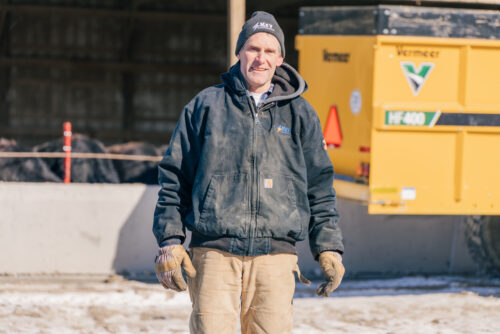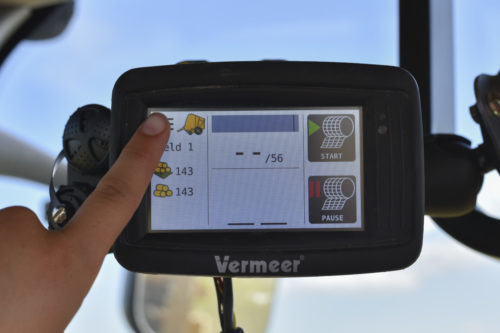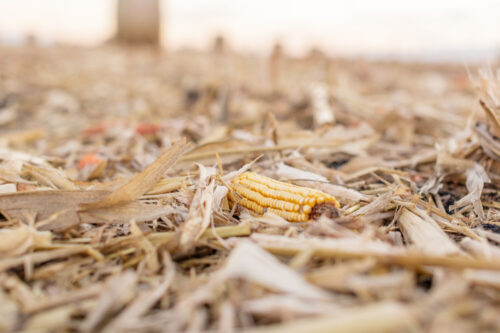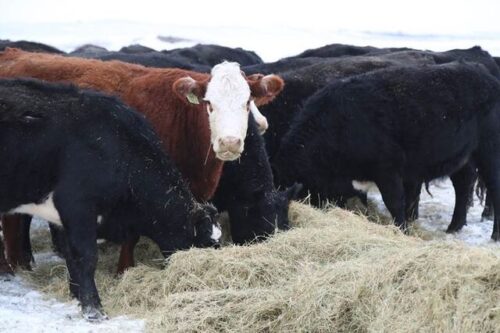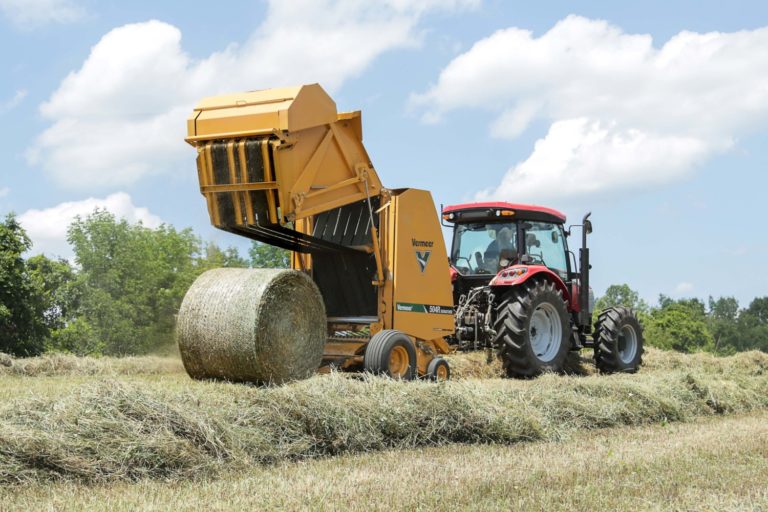
Ready to put up hay? Tips to get started
April 2020
It’s no secret that hay is crucial for any farm, ranch or feedlot – no matter the operation size. Where things can be different for operations is whether or not they use a custom operator to bale their hay or have their own equipment to get the job done. But, when should you consider making the move from hiring out a custom operator instead of baling your own hay?
Making the move to baling your own hay versus hiring the job out is not a decision to take lightly. Although there are many details to examine, here are four key questions to consider before putting up your own hay:
Why do you want to do your own haying?
Each operation is different. Perhaps you’re tired of paying high prices for hay and are looking to save on feed costs. Maybe the local custom hay operation is rarely available when your hay is at its highest quality. Maybe you would like more control over the quality of your hay and how it is managed from start to finish. Or perhaps you would like some extra income from selling additional hay that your land is capable of producing beyond your operation’s needs.
Charles Dunning of Cisco, Texas, decided to make the move four years ago.
“Some of the bales I was getting from our custom guy fell apart so easy,” Dunning says. “We had to depend on his (customer hay operator’s) timeline. Plus, he was making loose bales and was charging by the bale. That’s when I knew it was time to do something different.”
What kind of equipment do you need for your crop type and operation size?
When selecting the type of hay, it’s important to first consider the geographic location, climate, moisture levels and soil conditions as this will have a direct impact on hay quality. Next, focus on you, or your customers, specific needs.
"I did my research and connected with my local dealer to see what was going to work best."“When I started out, I was just doing Coastal Bermuda hay so I wanted something that could handle that. Now that I’ve moved into haygrazer, the bales I’m making with my 504R Signature baler are still just as tight and consistent,” Dunning says, “I did my research and connected with my local dealer to see what was going to work best.”
For some, quality will be a higher priority, whereas others may only seek quantity. Ultimately, the type of hay and how much you put up will impact your equipment purchases. If you are unsure of what type of baler is going to be the best fit for your operation, this flowchart is a great place to start.
Used vs. New?
All of these factors will help you decide on the equipment purchasing process which leads us to the next question: new or used? While there is certainly some value to owning brand new, shiny equipment, it is important to consider the size of your operation, goals and labor constraints. New equipment often employs the added benefits of the manufacturer warranty, financing programs and less risk of enhanced wear, however, it also comes at a higher purchase price.
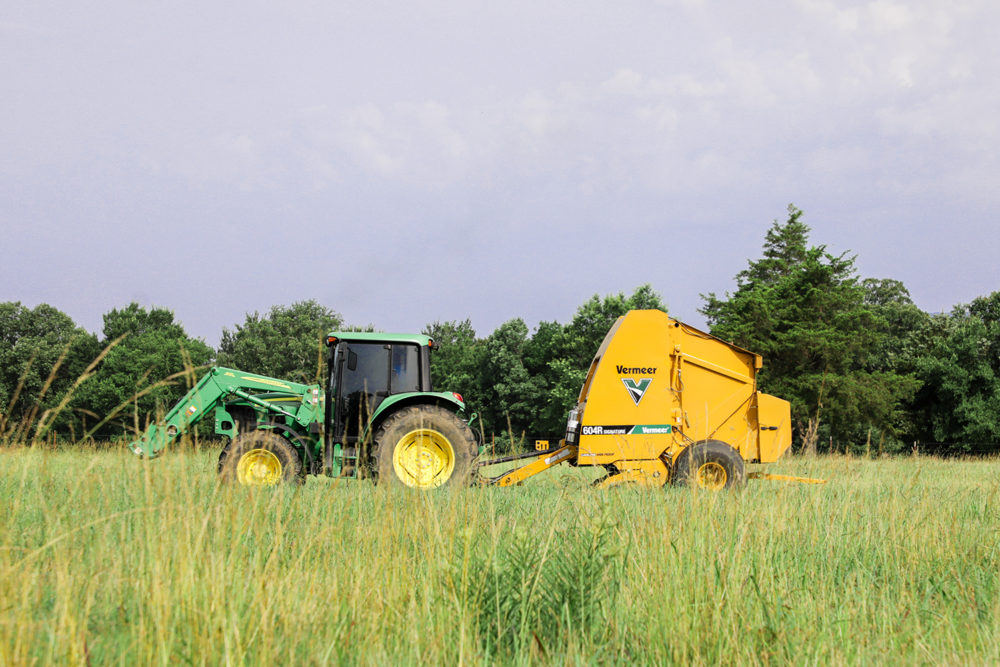
On the opposite end of the spectrum, used equipment can be a good starting point for smaller operations. Used equipment typically comes at a lower expense and can have plenty of use left.
“Really study the baler you’re going to buy. Factor in the parts pricing – you’ll need them eventually,” Dunning says, “You’re buying an investment in your future for you and possibly the next generation.”
How much will it cost?
Unfortunately, there is no clear-cut answer. Moreover, it depends on the cost of the equipment, your operating costs such as labor, fuel and netwrap, and then what it takes to raise your crop. If your operating and machinery costs are close or lower than a custom operator, it may be time to consider putting up your own hay. Even if the cost is fairly close, you can factor in the number of years you expect to run the equipment
"“I wanted to increase our profit. I made it possible by taking matters into my own hands and owe it all to the better quality of the bales we sell."“I wanted to increase our profit. I made it possible by taking matters into my own hands and owe it all to the better quality of the bales we sell,” Dunning says.
Knowing the cost of production is not a new topic in the agriculture world but remains just as important. With these considerations and factors in mind, it’s paramount to partner with your local dealer who can provide you with added knowledge to decide what is best for your operation.
Information noted above was gathered from a third party who was advised his/her experience might be featured in marketing materials. This article contains third-party observations, advice or experiences that do not necessarily reflect the opinions of Vermeer Corporation, its affiliates or its dealers. Individual results may vary based on care and operation of machine and crop and field conditions, which may adversely affect performance.
Vermeer Corporation reserves the right to make changes in engineering, design and specifications; add improvements; or discontinue manufacturing at any time without notice or obligation.
Equipment shown is for illustrative purposes only and may display optional accessories or components specific to their global region.
Please contact your local Vermeer dealer for more information on machine specifications.
Vermeer and the Vermeer logo are trademarks of Vermeer Manufacturing Company in the U.S. and/or other countries.
© 2020 Vermeer Corporation. All Rights Reserved.


